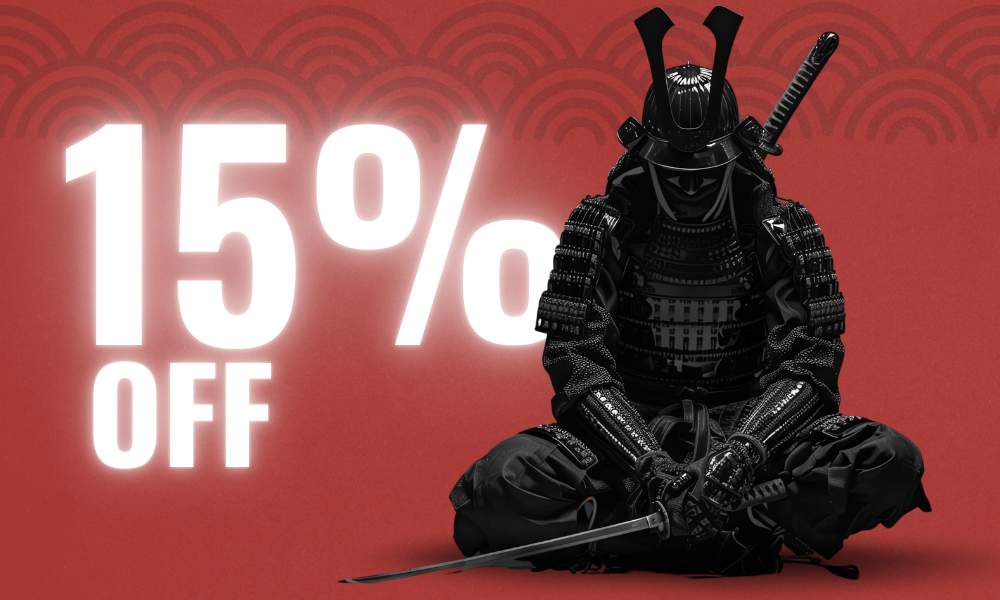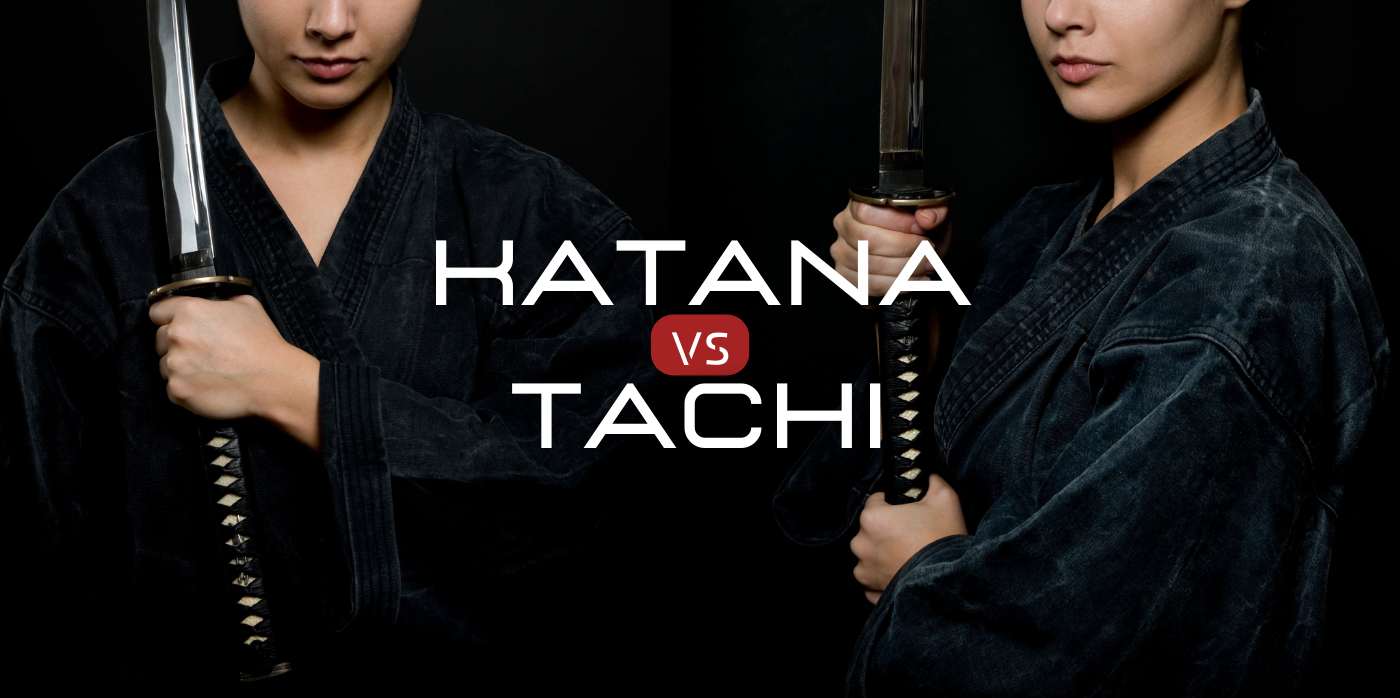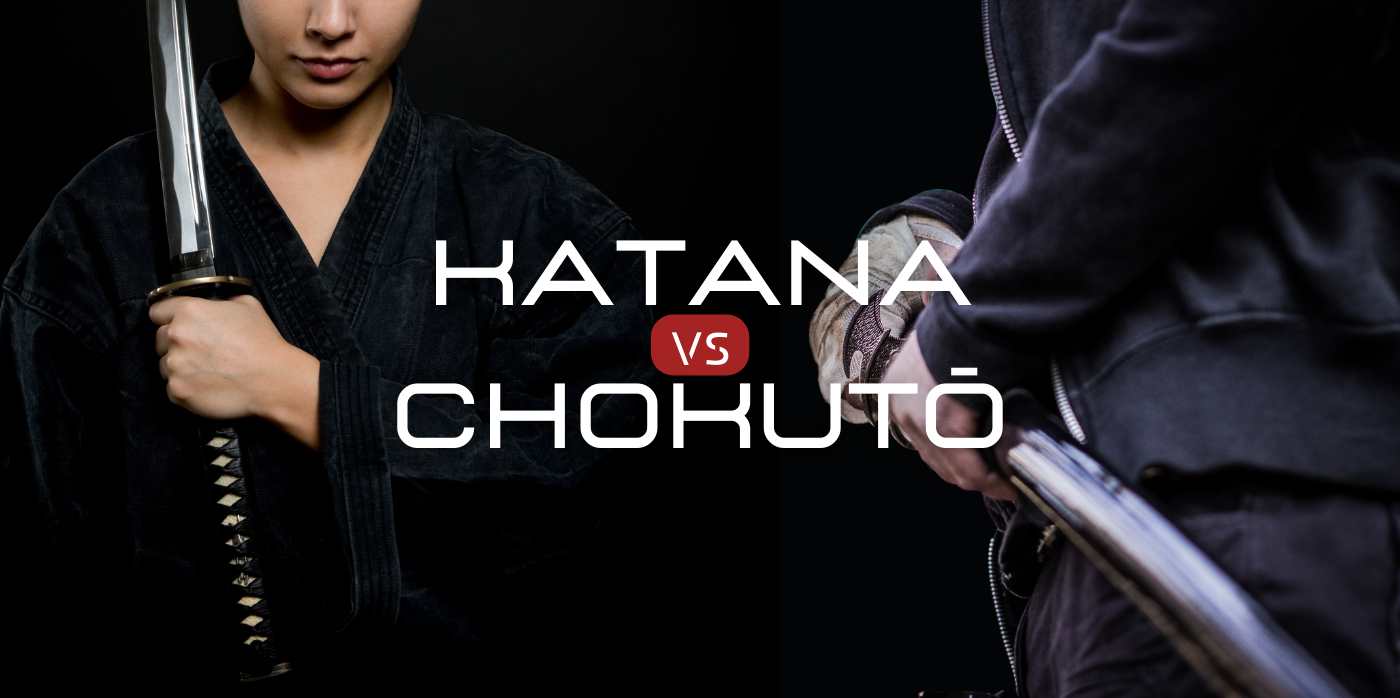The history of Japanese swords is marked with craftsmanship and warrior spirit, each artifact a testament to a period's unique martial culture. Central to these are the Tachi and Katana, two distinct swords tied to the identity of the samurai. This comprehensive comparison between the Tachi and Katana illuminates their distinct origins, characteristics, and roles in the samurai's armory.
1. Understanding the Katana and the Tachi
The Katana and Tachi, while similar at first glance, represent two distinct chapters in the evolution of the Japanese sword. The Tachi, a weapon of ancient samurai, boasts a longer, more curved design. In contrast, the Katana's shorter, less curved blade became the symbol of the samurai during the Feudal era.
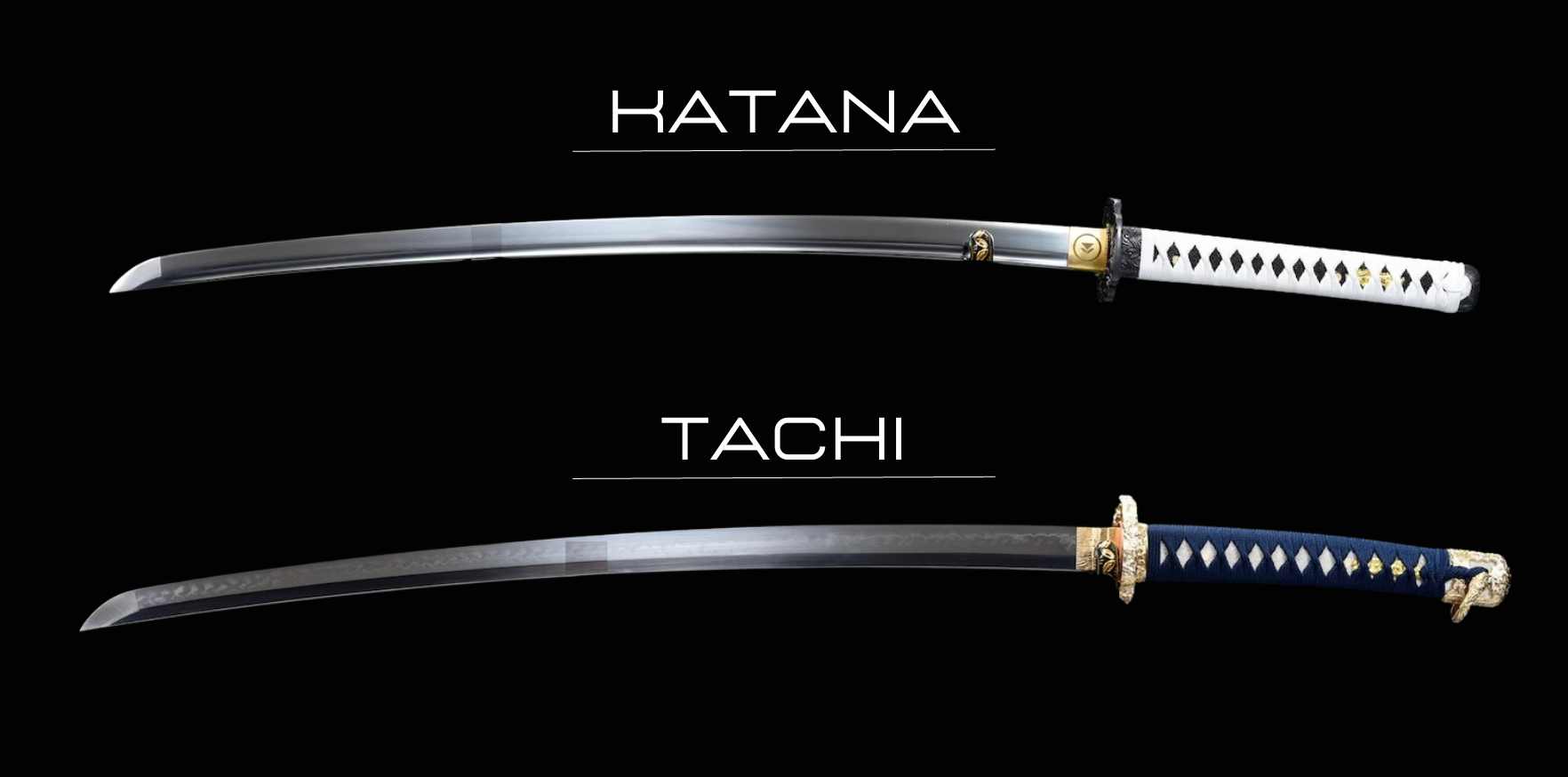
2. Katana Craftsmanship vs Tachi
The process of forging a Katana or Tachi is an art, deeply rooted in tradition and spirituality. Both swords undergo a labor-intensive process of heating, hammering, and folding. However, the Tachi's pronounced curvature requires a specialized heat-treatment method, setting it apart from the Katana.
3. Katana Parts vs Tachi
Every part of the Tachi and Katana plays a distinct role in the sword's overall functionality and aesthetics. While they share common elements, such as the Blade, Guard, Handle, and Pommel, their designs differ significantly.
Blade: The Tachi's blade is longer and more curved compared to the straighter and shorter Katana.
Guard: Tachi often features elaborate, ornamental guards, while the Katana's is simpler and more practical.
Handle: The Katana's handle is shorter, while the Tachi's is longer.
Pommel: The Tachi's pommel often has more ornate designs than the Katana's.
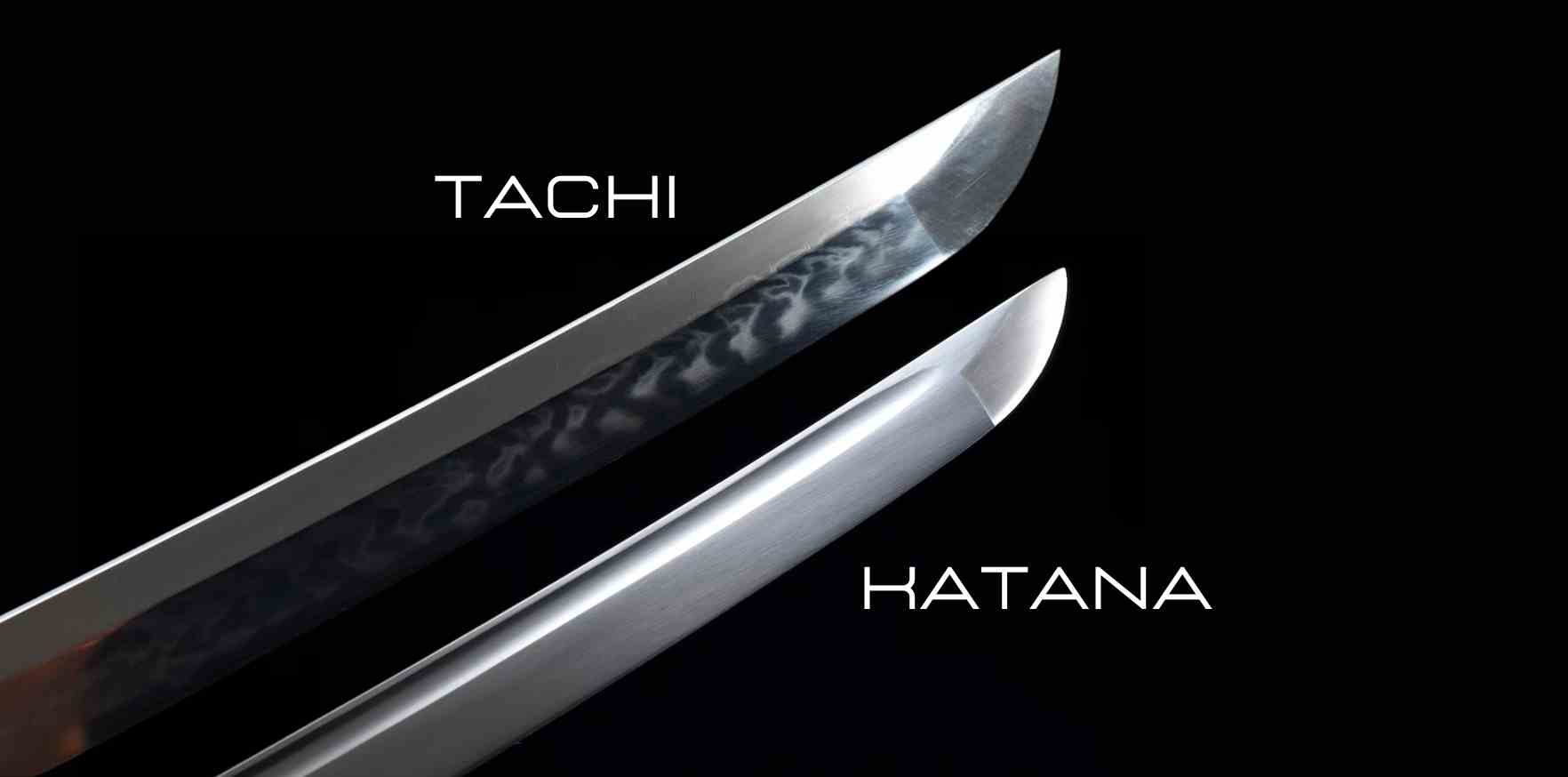
4. Katana Characteristics vs Tachi
The Tachi and Katana have a number of unique characteristics, ranging from blade construction and mass to sharpness, handling, balance, sturdiness, and effective range.
Blade Design: The Tachi's blade is longer and more curved. It is the perfect sword for cavalry warfare. Conversely, the Katana features a more compact and less curved blade. This design, tending towards straightness, is advantageous for combat situations in confined spaces.
Weight of the Blade: Because of his length, the Katana is lighter than the Tachi sword.
Sharpness: Both swords are incredibly sharp, however, the Katana is often praised for its superior cutting ability.
Grip: The Tachi's longer hilt allows for a two-handed grip, while even if the katana is also a two-anded grip, it can be wielded with one hand.
Balance: The Tachi's balance point is closer to the hilt, providing greater control, while the Katana's is closer to the blade's midpoint, facilitating quicker strikes.
Durability: Both are durable, but the Katana's thicker blade can withstand more rigorous usage.
Reach: With its longer blade, the Tachi offers greater reach than the Katana.
5. Katana Combat Style vs Tachi
The Tachi and Katana's distinct characteristics directly influenced the combat styles of the samurai wielding them. Tachi was used primarily by mounted warriors, employing sweeping cuts and strikes. On the other hand, the Katana, adopted by foot soldiers, was utilized for quicker, more direct thrusts and cuts.
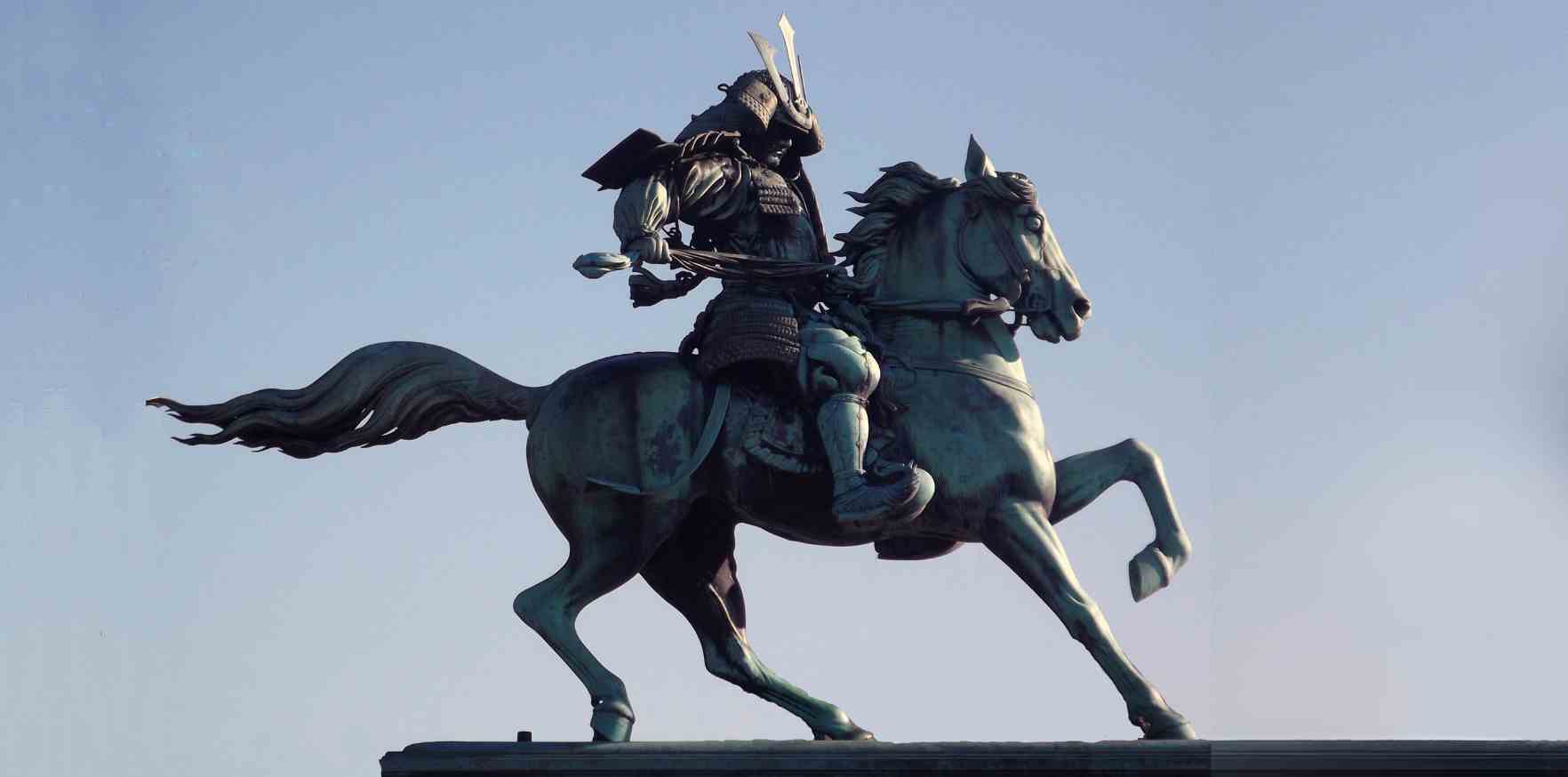
6. Katana Maintenance vs Tachi
Maintenance is key to preserving the functionality and beauty of both Tachi and Katana. Regular cleaning, oiling, and careful storage are essential for both, but the Tachi, with its more ornate fittings, may require extra attention to detail.
7. History and Origin of the Katana vs Tachi
The Tachi and Katana have rich histories, shaped by the changing needs of the samurai and the evolving tactics of warfare.
History and Origin of the Katana: The Katana emerged in the Kamakura period, a time when close-quarters combat became more prevalent. Its efficient design and lethal precision quickly made it the samurai's primary weapon.
History and Origin of the Tachi: The Tachi dates back to the Heian period, serving as the preferred weapon of the cavalry. Its longer blade and pronounced curve made it ideal for cutting down enemies while on horseback.
Conclusion
In conclusion, both the Tachi and Katana serve as powerful symbols of the samurai's martial prowess and the swordsmith's craft. While they may share a common purpose, their unique designs, functions, and historical significance set them apart. Understanding these differences allows us to better appreciate the beauty and lethal elegance of these Japanese swords.


